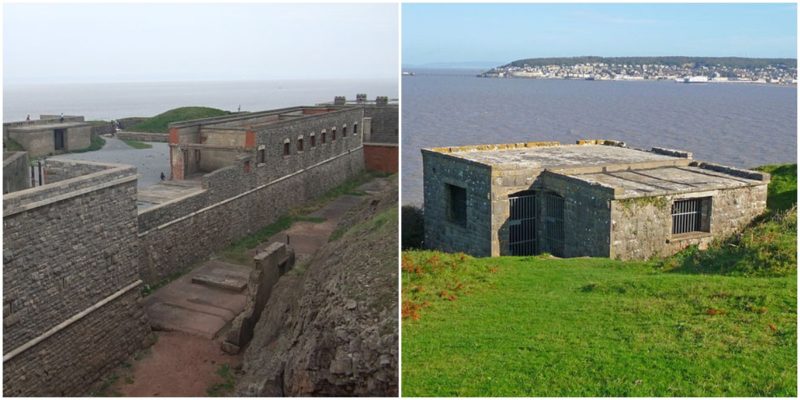This ruined fort is located at the peak of Brean Down, England, overlooking the Bristol Channel. The fort was one of the Palmerston’s follies, erected in the 1860s. Its remains are not the only relics that can be found in the close area.
The picturesque peninsula extends 1.5 miles into the channel and is situated at the far-western end of the Mendip Hill range on the coast of Somerset, with Burnham-on-Sea to the south and Weston-Super-Mare to the north.
Because of its archaeological importance, it is protected by law. Among its many artifacts are a Roman temple and an Iron Age hill fort, alongside much older traces of the distant past.
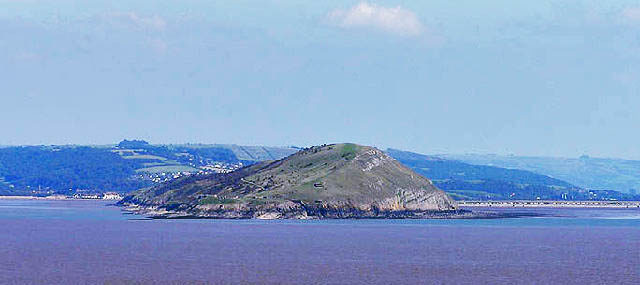
A worked deer antler was found on the site, originating from 10,000 BC. The soil of Brean Down is thought to contain many currently undiscovered pieces of evidence of past human activity.
Excavations have also revealed the bones of extinct animals such as woolly rhinos and mammoths. It is obvious that people have been hunting here since the dawn of humanity.

The elevated sea cliffs on the headland have charmed many communities over the years. It is believed that people have been living, fishing, farming, and fighting at Brean Down since the Stone Age, although the earliest recorded settlement dates from the Early Bronze Age.
During archaeological excavations, jewelry and pottery from this era were discovered. Many of these artifacts can be seen in the Museum of Somerset in Taunton.
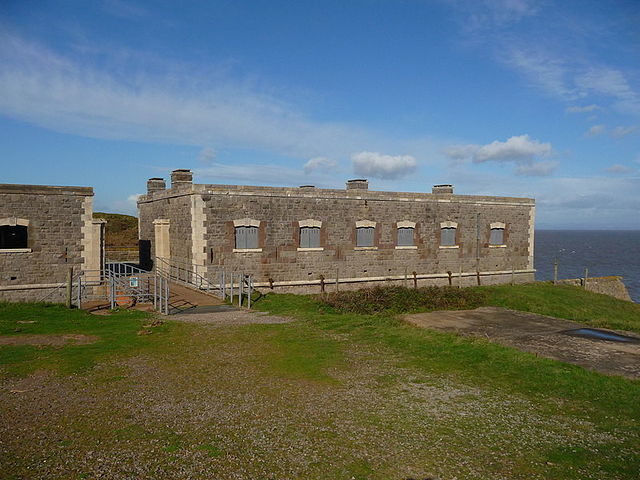
The Romans also recognized the strategic significance of the site. Coins from as early as the period of the rule of Augustus (27 BC – 14 AD) but also from the periods of Nero, Drusus, and Vespasian have been found.
Remains of an ancient field system and parts of the 4th century Romano-Celtic temple that was built on a much older pre-Roman shrine stand near the steps on the south side of the promontory.
The Iron Age hill fort was situated on the east side, facing the land. It was encircled by high earthworks but today, only the ditches and banks are visible. There is also evidence of Bronze Age huts and prehistoric barrow tombs.
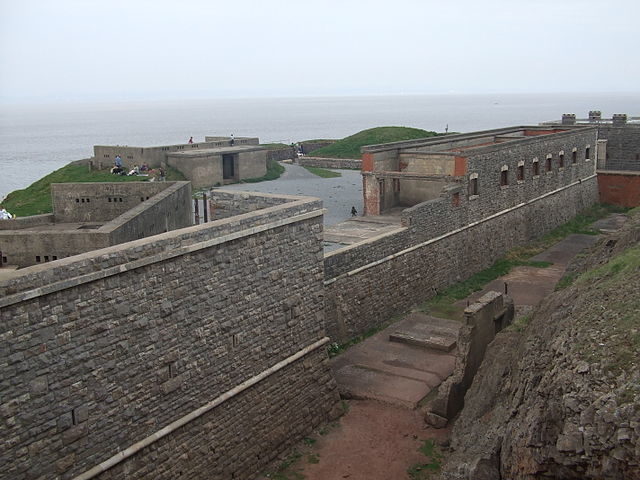
The remains of the Victorian Brean Down Fort are the main attraction at the site today, attracting thousands of visitors. The Palmerston Forts formed a defensive system of fortifications along Britain’s coastline.
They were built in order to defend Britain against French invasion during the reign of Napoleon III. The project was initiated by Lord Palmerston, the Prime Minister from 1859 to 1865.
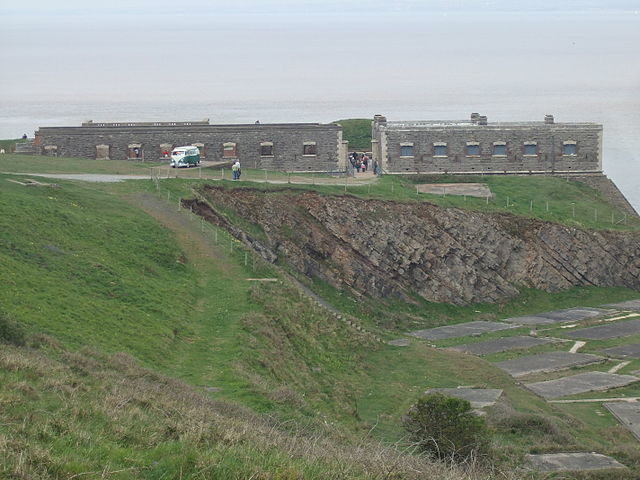
For some years, the main purpose of the Palmerston Forts was to defend the ports – mainly the large ports such as Bristol and Cardiff – in the Bristol Channel. Brean Down fort was one of several forts on both sides of the Bristol Channel.
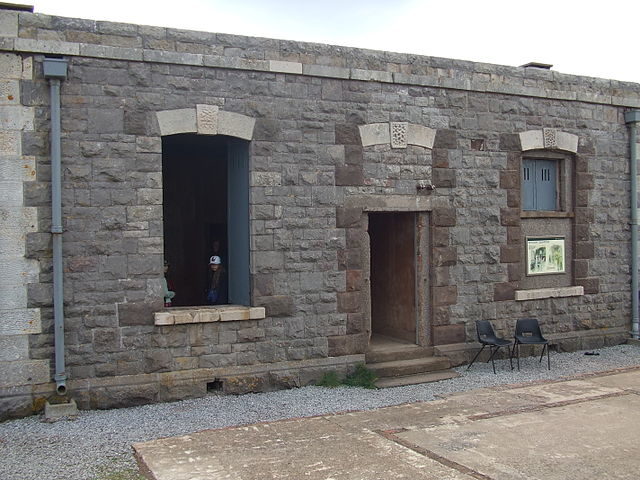
The forts were the most expensive and extensive fortifications ever built in Britain during peacetime.
The public criticized the project for a number of reasons: it cost a large amount of money and, by the time the builds were finished, their design and equipment had become out-of-date. They never saw any war action and were dubbed as “follies.”
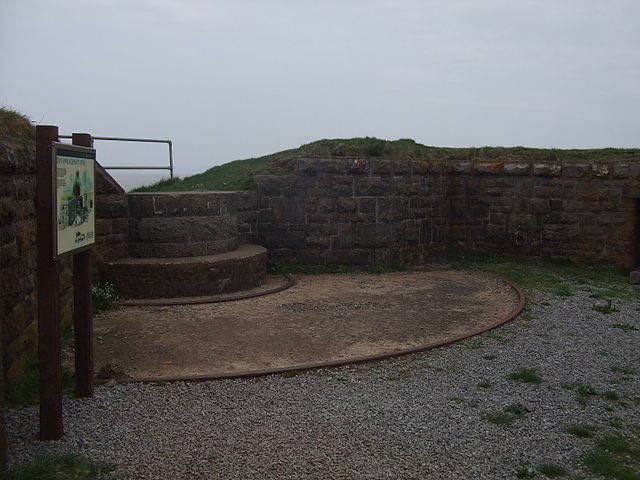
Construction of Brean Down Fort started in 1864 and was finished in 1871. It had seven, 7-inch guns produced by the Royal Arsenal (Woolwich Gun Foundry) in Woolwich, south-east London.
A large underground magazine supplied the guns. 50 members of the Royal Artillery were garrisoned there.
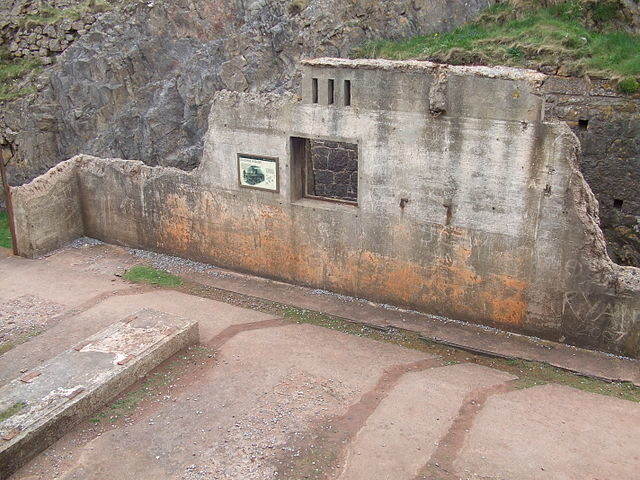
It was decommissioned at the beginning of the 20th century when a serious incident happened: The gunpowder magazine exploded after a soldier fired his gun down a ventilator shaft.
No one knew the reason for his action. According to one version of the story, he did so in retaliation against disciplinary action for being late for his duties. Another explanation is that the soldier wanted to commit suicide. Apart from the soldier responsible, nobody else was hurt, but serious damage was done to the building.
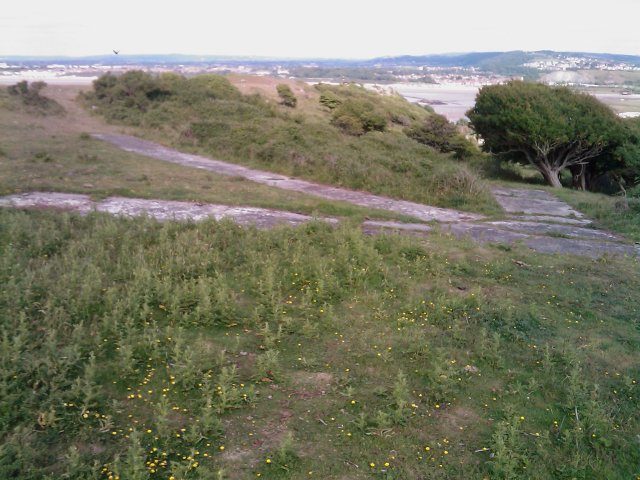
Between 1905-1939 the fort was adapted into a cafe. During World War II, it was again used by the army as a coastal artillery battery. Parts of it were reconstructed and converted to satisfy new military standards.
New structures were also built outside the walls of the fort. The new coastal artillery battery was equipped with two 6-inch ex-naval guns and two searchlights.
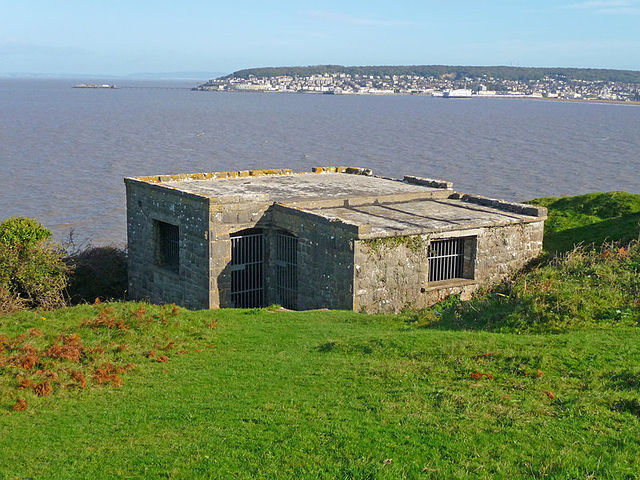
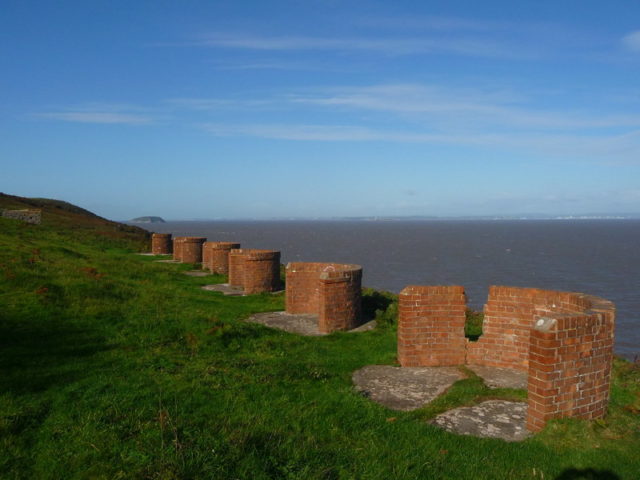
Pilots of bomber planes also practiced maneuvers around Brean Down and the Somerset coastline. A large, white concrete directional arrow was constructed at the top of the down. It still stands practically untouched and served in WWII to direct planes to the practice ranges during their training routine.
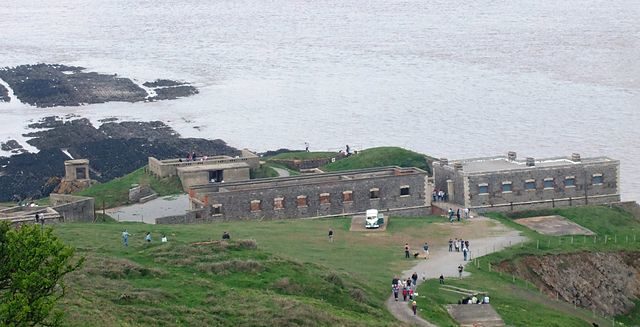
The fort was also used for testing rockets and secret experimental weapons such as the bouncing bomb. Soldiers were trained on six light machine guns (Lewis Guns) too.
Shooting targets were placed in the bay of Weston-Super-Mare. The machine gun emplacements can be still seen now, as well as parts of the rail used for testing the bouncing bomb.
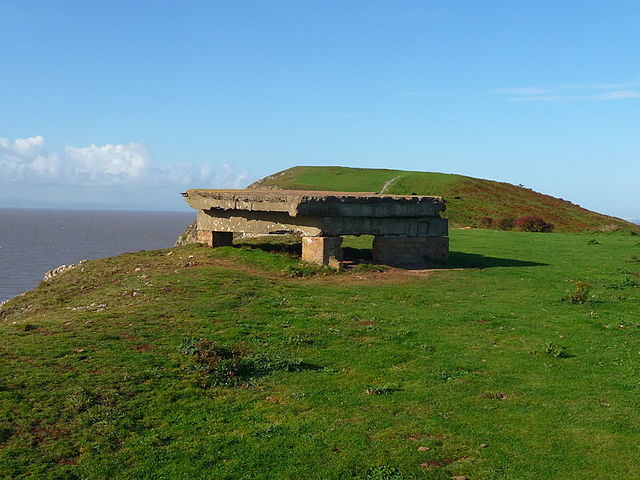
The Victorian barracks were restored in the 1980s and 1990s. The National Trust has been the owner of the site since 2002 when huge restoration works began – primarily at the officer’s quarters and the barracks.
Although some parts are in a ruinous state, the site still vividly portrays its military past. There are more than enough triggers for any wandering soul to create a strong image of past life in the fort and the everyday duties of the soldiers and officers.
The breathtaking view from the fort has been a constant throughout the years and is a wondrous sight to behold.
